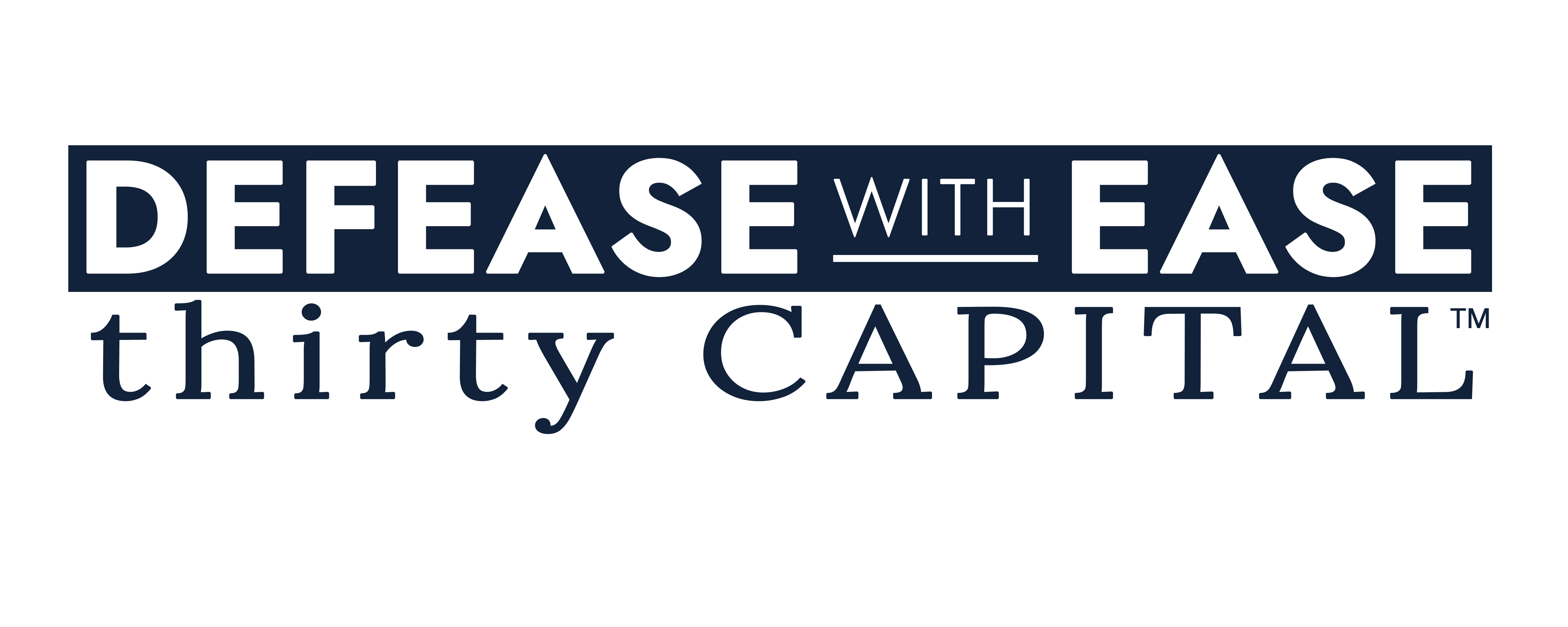In today’s high-interest-rate environment, maximizing cashflow and achieving targeted returns in commercial real estate (CRE) requires more than operational excellence—it demands strategic and proactive debt optimization. While many owners/operators treat debt as a one-time transaction at acquisition, the reality is that debt must be monitored, re-evaluated, and optimized continuously throughout the life of an investment.
Want to listen to the discussion? Click here to watch the on-demand recording.
Rethinking Debt Strategy
Too often, CRE firms approach financing with a “set-it-and-forget-it” mentality. Once the loan is secured, focus shifts entirely to property performance, and the capital stack is left untouched until maturity or a major event forces reconsideration. This reactive approach can leave equity on the table, elevate borrowing costs, and reduce flexibility in changing market conditions.
Proactive debt optimization means aligning your capital structure with both current property performance and market dynamics. It’s about reviewing debt quarterly, keeping tabs on treasury yields, market sentiment, and potential refinancing opportunities that support long-term strategy.
Debt strategy also shouldn’t be based on hope for future rate cuts. In recent years, many owners delayed refinancing or hedging decisions while anticipating a more favorable rate environment. But relying on the Fed to act—and timing those actions perfectly—is not a strategy.
Tools like the forward rate curve and interest rate probability models can provide insights into how the market expects rates to move, allowing borrowers to make more informed decisions. For example, when six rate cuts were priced into the market in early 2024, savvy borrowers locked in hedging instruments like forward-starting caps, securing better pricing before reality caught up to expectations.

Putting Market Signals to Work
Understanding macroeconomic data and interest rate trends is only part of the equation. The real value comes from translating those signals into customized scenario planning that aligns with an asset’s cashflow, business plan, and hold strategy.
Key variables to evaluate include:
- The current and projected net operating income (NOI)
- Debt-service coverage ratio (DSCR) trends
- Loan-to-value (LTV) ratios
- Available capital and liquidity
- Investor expectations around returns and timing
Strategic options may include refinancing to rebalance the capital stack, securing a supplemental loan to unlock trapped equity, or using caps and swaps to hedge rate exposure—each choice influenced by where the asset sits in its lifecycle.
A Real-World Scenario
Consider a 300+ unit multifamily property valued at $65 million. The owner holds a loan with 5 years remaining at a below-market fixed rate and a current LTV around 50%. Performance is strong, and NOI has exceeded expectations. The owner’s goal is to return capital to investors and hit promote targets sooner.
Two paths are analyzed: refinancing or layering in a supplemental loan. While refinancing would extend term and lock in future rates, it would also replace low-cost senior debt with higher-cost capital. A supplemental loan, on the other hand, allows the owner to preserve the original loan, extract proceeds at a blended lower cost of capital, and return capital without heavy restructuring or prepayment penalties.
This proactive debt optimization brought the blended cost of capital to approximately 5.5%, significantly below market rate, and allowed for meaningful distributions—advancing investor returns and enhancing sponsor economics.
Scenario Planning: A Must-Have Tool
Every CRE asset is different, and so is every capital stack. Whether navigating fixed vs. floating rate decisions, analyzing cap structures, or selecting between bank, agency, or life company financing, scenario planning enables owners to weigh trade-offs across cost, risk, and flexibility.
A few best practices:
- Match loan terms with hold strategy: If your plan is five years, find products that align with that horizon.
- Align debt maturity with operational milestones: Renovations, lease-up, or value creation should inform your debt timeline.
- Build in flexibility: Rate caps, extensions, and amortization choices should all support optionality—particularly when market volatility is high.
In a market where treasury yields can swing 20–30 basis points in a matter of days, having optionality built into your financing isn’t just nice to have—it’s essential. A rigid fixed-rate loan may shield you from rising costs but could limit your ability to exit early or reposition if better terms arise. That’s why more owners are exploring hybrid strategies, such as short-term floating rate loans with caps or supplemental structures that keep senior debt in place.
Conclusion: Cashflow Modeling Should Drive Debt Decisions
Ultimately, debt strategy isn’t about chasing the lowest rate—it’s about aligning financing with operations, protecting liquidity, and unlocking value. Cashflow modeling should be the foundation of every decision. When you understand projected revenue, DSCRs, and future capital needs, you can tailor your capital stack to support—not hinder—your investment strategy.
The CRE firms thriving today aren’t waiting for the market to change. They’re preparing, modeling, and acting ahead of the curve. Proactive debt management isn’t a one-time task—it’s a continuous edge.
Ready to explore what your portfolio’s debt strategy could look like? Now’s the time to model scenarios, weigh options, and ensure your capital is working as hard as your properties. Book your complimentary strategy session with a capital markets expert today!





